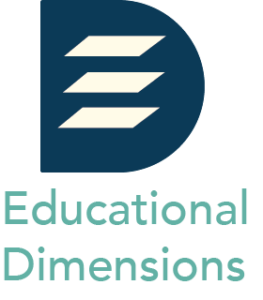Askin M, et al. Tattoo of colonic neoplasms in 113 patients with a new sterile carbon compound. Gastrointest Endosc 2002;56:339-42.
Bisogni, D., Manetti, R., Talamucci, L., Coratti, F., Naspetti, R., Valeri, A., Martellucci, J., & Cianchi, F. (2020). Comparison among Transanal Endoscopic Operation (TEO), Endoscopic Submucosal Dissection (ESD) and Full-Thickness Resection Device (FTRD) based on the Over-the-Scope (OVESCO) Clip System: which is the best technique for en bloc resection of rectal lesions? Minerva Chirurgica. https://doi.org/10.23736/S0026-4733.20.08298-X
Ferlitsch M, Moss A, Hassan C, et al. Colorectal polypectomy and endoscopic mucosal resection (EMR): ESGE Clinical Guideline. 2017
Geramizadeh B, Robertson S. Serrated Polyps of Colon and Rectum: a Clinicopathologic Review. J Gastrointest Cancer. 2017;48(4):291-298. doi:10.1007/s12029-017-9977-y.
Gupta, V., & East, J. E. (2020). Optimal Endoscopic Treatment and Surveillance of Serrated Polyps. Gut and liver, 14(4), 423–429. https://doi.org/10.5009/gnl19202
Prescott A, et al: . Colonoscopic Tattoo Placement for Colorectal Neoplasms: Current Practice and Patient Outcomes at Large Cancer Center. Northwestern University, Chicago, Illinois, United States. 2018.
Wallace, M. B. (2017). New Strategies to Improve Polypectomy During Colonoscopy. Gastroenterology & Hepatology, 13(10 Suppl 3), 1–12.

